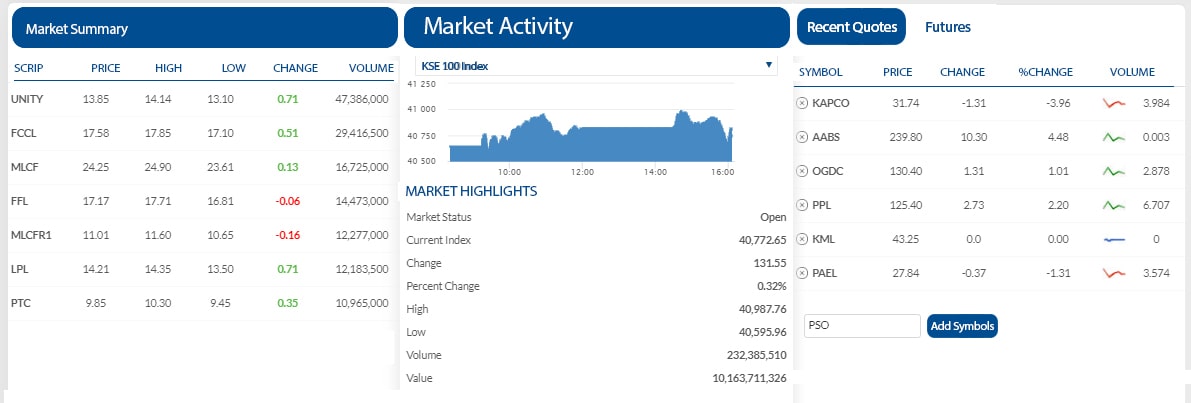Transaction Types
1. Market Order
This is an order where the investor will only send the Order Quantity and the exchange will execute the trade at the market price.
2. Limit Order
This is an order where the investor will send the Limit Price and the Order Quantity so the exchange will execute the trade when the market price reaches the Price specified.
3. Stop Loss Order
A stop-loss order is a request to sell a security once the market price reaches or falls below a customer-specified price. Once the target price has been reached or surpassed, the order becomes a “market” order. This is specially true in a fast-moving market where stock prices can change rapidly. A stop-loss order is typically used to sell a security, to lock in profits or limit losses if a security price falls. Setting a stop-loss order for 10% below the price at which you bought the stock will limit your loss to 10%. Stop-loss orders are only available when selling a security to close a position.
Example: If a certain investor purchases Engro shares at Rs.200 per share and right after buying the stock he enters a stop-loss order for Rs.180. This means that if the stock falls below Rs.180, the investor’s shares will then be sold at the prevailing market price. Stop loss can be used for sell transactions as well where once the target price has been reached; market order is placed on the trigger price to buy back shares. In these conditions, investors expect that price will rise again.
4. Short Sell
Short selling refers to the practice of selling securities the seller owns in the hope of repurchasing them later at a lower price. This is done in an attempt to profit from an expected decline in price of a security. Such as a stock or a bond, is contrast to the ordinary investment practice, where an investor “goes long,” purchasing a security in the hope the price will rise.
The term “short selling” is often used as a blanket term for all those strategies which allow an investor to gain from the decline in price of a security. Those strategies include buying options known as puts. A put option consists of the right to sell an asset at a given price; thus the owner of the option benefits when the market price of the asset falls. Similarly, a short position in a futures contract, or to be a short futures contract, means the holder of the position has an obligation to buy the underlying asset at a later date, to close out the position.


